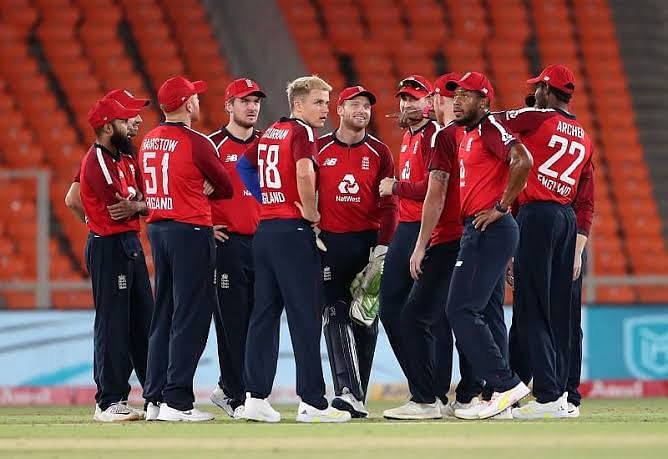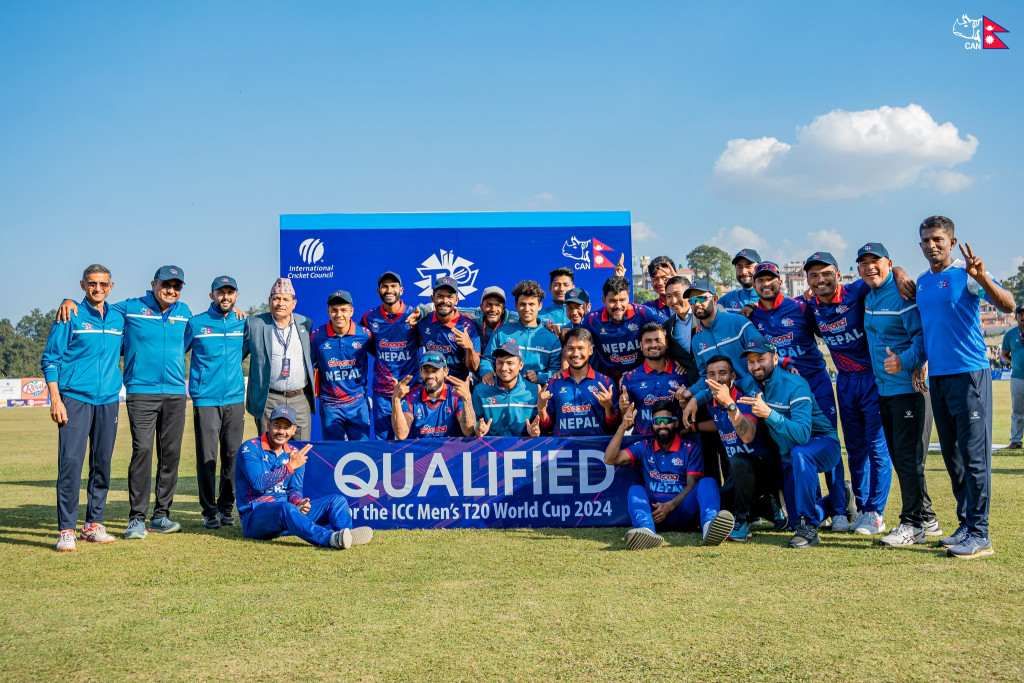We may be well past the World Test Championship (WTC) but it is safe to say that the inaugural ICC tournament had multiple moments to cherish as the tournament progressed.
The tournament commenced with a scintillating Ashes series and ended with a final at the rain-affected Southampton. Today, let's have a look at the five best games of the inaugural World Test Championship in order of how they took place.
The Ashes (Leeds)

Australia had won the opening test at Birmingham, while the London test was drawn. The defending World Champions had to make an impact in the third test at Leeds to draw first blood and to also start ticking their points in the World Championship table at a significant rate of progression.
For winning the Ashes, a triumph was their utmost priority and the resultant of England's efforts was a spectacular game of cricket.
Australia were batting first and were bowled out for 179. David Warner and Marnus Labuschagne were the only performers with the bat, scoring 61 and 74 respectively. For the hosts, it was Jofra Archer who ran riot, picking up six wickets.
However, Australia put up a masterclass performance with the ball, getting England all out for 67. Josh Hazlewood picked up a fifer, while Pat Cummins had three scalps. Australia came out to bat in the second innings with better intent and bettered their performance, scoring 246 in the final innings. Marnus Labuschagne was again their star performer with 80 runs.
England had a mammoth total of 359 to chase and their response with the bat was even better after they stumbled for 67 in the first innings. Joe Root and Joe Denly helped England gain momentum with their innings of 77 and 50 respectively but after Joe Denly lost his wickets, it was Ben Stokes who turned up to save his side.
Very soon, England lost Joe Root and all the pressure was on Ben Stokes to deliver. After a decent contribution of 36 by Jonny Bairstow, England's lower-middle order fell apart again, with Jos Buttler, Chris Woakes, and Jofra Archer getting out cheaply.
However, Ben Stokes held his end and was scoring as if there was no pressure. Free-flowing drives, stepping out against the spinners, with England needing 73 runs with only one wicket in hand.
Jack Leach was his partner who held one end and didn't let go. With 17 runs still needed, Australia put down a catch that wasn't the easiest but it could've sealed the deal for them. In the 123rd over, Ben Stokes thick-edged a ball from Pat Cummins that went flowing until Harris dropped it.
Finally, Ben Stokes after hitting a couple of nervy fours, and a six, concluded the game with a brilliant boundary and an iconic celebration that marked the end of one of the most thrilling finishes in the Ashes history.
It was England's first one-wicket win since 1922/23, the partnership between Jack Leach and Stokes became the second-highest 10th-wicket partnership, while the chase at Leeds became England's highest successful chase beating the Test record of 1928/29.
Oh wait, this is just the beginning. We have some more coming up.
India vs Australia (Gabba)

Another iconic test match of the World Test Championship, another test match that broke records galore, India vs Australia, fourth Test at the Brisbane Cricket Ground, famously known as the Gabba.
India had lost the first Test on the Australia tour heavily and were without their skipper Virat Kohli who left the series due to personal reasons after the first test. India still managed to perform brilliantly as they won the Melbourne test, and successfully drew the Sydney Test from a losing position.
This was the final encounter of the tour, and India had to make a statement. Australia had won the toss and were batting first. Australia batted well and scored 369, with a fantastic ton by Labuschagne (108), and Matthew Wade, Cameron Green, and the skipper Tim Paine contributing with 45, 47, and 50 respectively.
In response, India scored 336, with India's bowlers putting up a show, Washington Sundar and Shardul Thakur helped India avert a collapse with 62 and 67 runs respectively. Josh Hazlewood was Australia's top wicket-taker as he picked five wickets.
Australia were out to bat in the second innings, with India performing better with the ball this innings, restricting the hosts to 294. Steve Smith and David Warner's 55 and 48 were key in Australia's total.
India had a total of 328 to chase, and it seemed that the game was approaching a draw. However, fate and India had different plans as India started in extraordinary fashion with Shubman Gill and Cheteshwar Pujara putting 91 and 56 respectively on the board. India didn't expect to get ahead in the game midway and it felt that the game was there to be won.
However, Cheteshwar Pujara got out at a crucial time and India were once again on the verge of a collapse. Mayank Agarwal who came to replace him couldn't contribute much and lost his wicket cheaply.
But this time, it was Rishabh Pant who took the charge and kept scoring from the other end, and as the final day progressed, both the dugouts nervously went ahead with what came. After a quick and perhaps a very crucial cameo from Washington Sundar (22), India seemed to have taken control again.
But what happened next brought chills to the spines of several Indians all around the world as Washington Sundar and Shardul Thakur got out in quick succession.
It was then evident that Pant was India's main man who could help them cross the line and he did it in brilliant style, as India breached Australia's long-held fortress with three wickets.
India scored 325 runs on the final day of the Test, the third most behind Australia (404) and West Indies (344), who did it in 1948 and 1984 respectively.
It was also the third-best run chase vs Australia in Australia since South Africa in 2008-09. The Gabba was breached after 21 years. Tim Paine still waiting for India to come to Gabba? Surely not!
Not to forget, this series win was instrumental in booking India's place in the World Test Championship Final.
India vs England (Ahmedabad)

The third test of the 4-match series was played at the biggest Stadium in the world and it was the first-ever game played on that ground. England had won the toss and had elected to bat first.
On a pitch that hosted an international match for the first time, both sides were anticipating that it would have something to offer to both, the bowlers and the batsmen.
However, what we witnessed was something else. The spinners were completely owning the pitch and the pitch helped them in every way possible.
England were all out for 112, courtesy of a masterclass by Axar Patel, the local boy who dismantled a reputed England batting, picking six wickets.
The England bowlers were quick to understand the conditions and they didn't allow the Indian batsmen to freeze arms as they were all out for 146. Except for Zack Crawley of England and Rohit Sharma of India, neither team's players managed to cross the 30-run mark.
For England, Jack Leach was expected to perform and he did, picking up four wickets but it was the skipper Joe Root, who managed to pick five quick wickets in just 6.2 overs.
However, the second innings witnessed India bouncing back harder as they summed up England for just 81 runs. The local boy Axar Patel was fired up once again, as he picked up a fifer, while he was supported by Ravichandran Ashwin who picked four scalps in this innings and three in the previous one.
This led to India being asked to chase a total of 49 runs which India did comfortably, without losing a single wicket. With this, the Ahmedabad test broke the record for the shortest Test match in the post-match era (842 balls), while the match also became the shortest match amongst the Tests that were finished in just two days.
Your thoughts? Any suggestions? Send us your thoughts via our social media handles. Follow us on Instagram and Twitter for memes, latest updates, and more. We bet you won't be disappointed.
Stay tuned for more updates.






